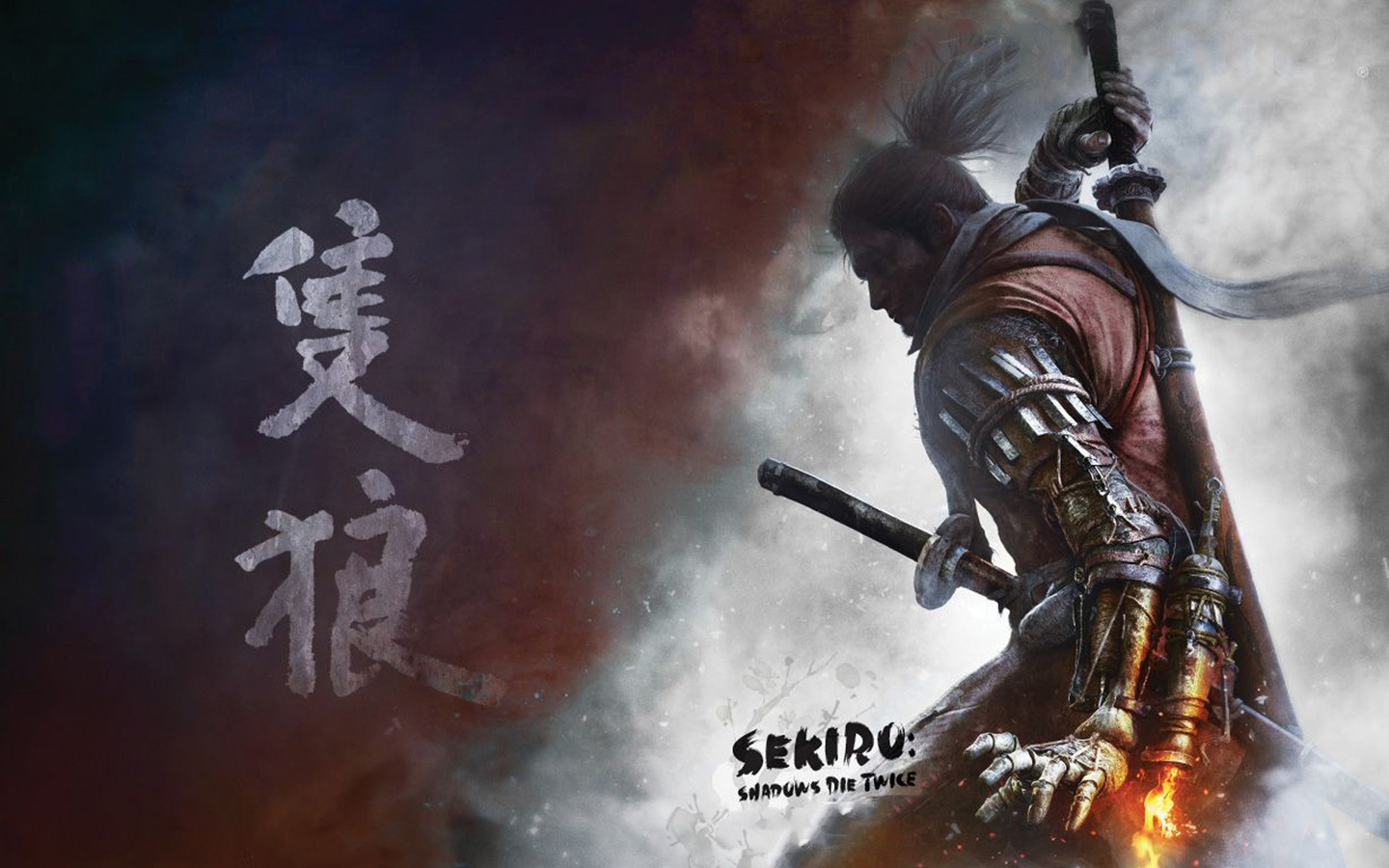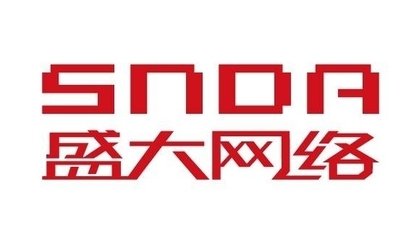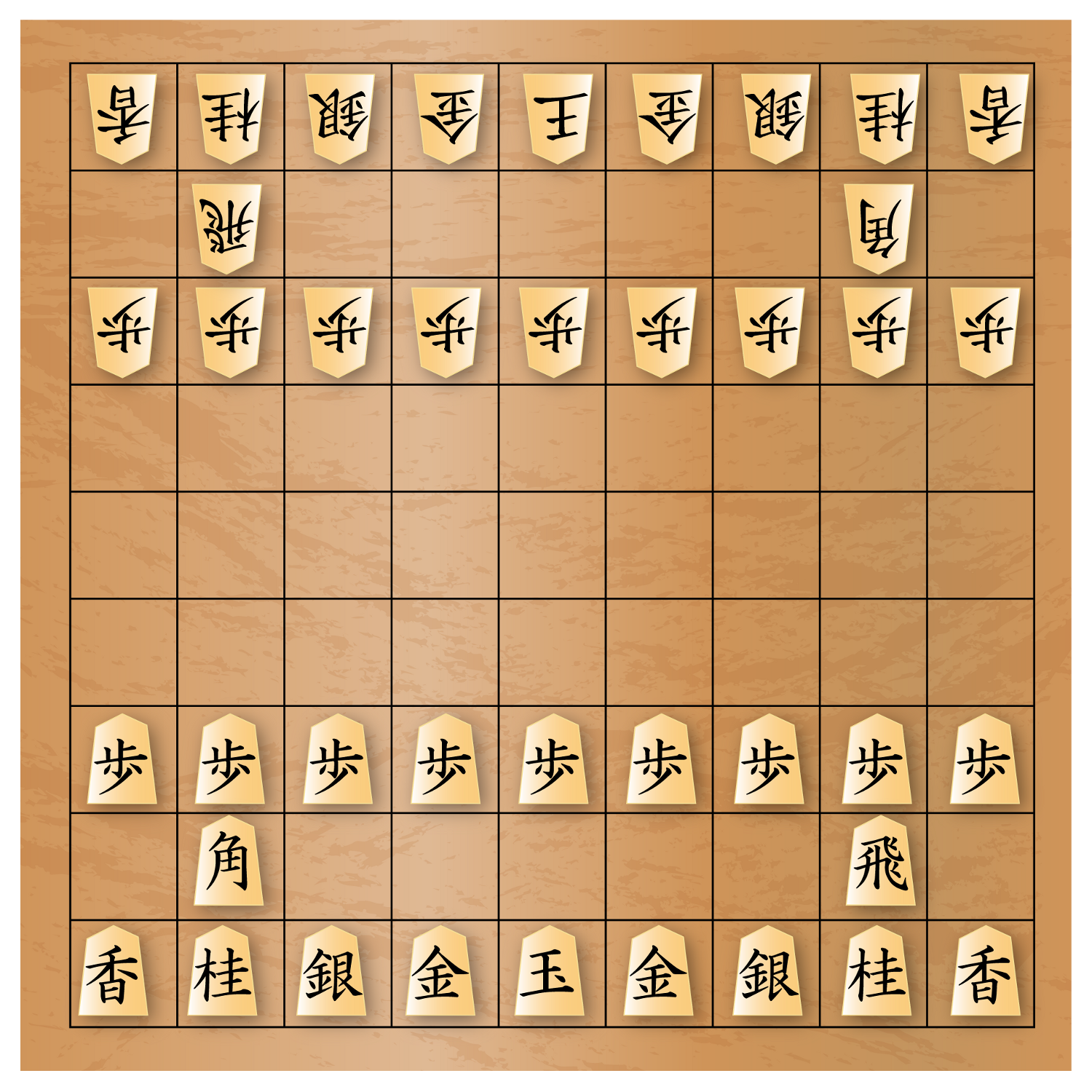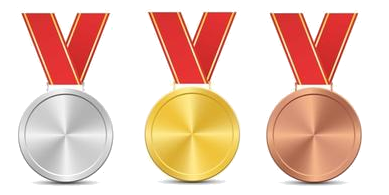
Deutsch-Chinesische Enzyklopädie, 德汉百科
 Games
Games




 Shanda Interactive Entertainment
Shanda Interactive Entertainment
 Shanghai Shi-SH
Shanghai Shi-SH

 Games
Games

 Companies
Companies
 Mainland China,Hong Kong,Macau,Taiwan
Mainland China,Hong Kong,Macau,Taiwan


Shōgi (jpn. 将棋, veraltet auch: 象戯/象棋/象棊[1]) ist die japanische Variante des Schachspiels.
Schach kam vom Kaiserreich China über Korea oder über Birma und Malaysia im 8. Jahrhundert nach Japan. Das Shōgi hat sich in Japan zu vielfältigen Varianten verändert. Es gab verschiedene Brettgrößen von drei mal drei bis hin zu 36 mal 36 Feldern und etwa achthundert Spielfiguren (Taikyoku-Shōgi; „Ultimatives Shogi“). Heute werden noch das unten vorgestellte Shōgi und die Varianten Chū-Shōgi („Mittleres Shōgi“) und Tori-Shōgi („Vogel-Shōgi“) gespielt. Die gebräuchlichste Brettgröße war und ist neun mal neun Felder groß.
Es gibt markante Unterschiede zu anderen Schachspielen, ebenso wie Gemeinsamkeiten:
Die Shōgi-Spielsteine (駒, Koma) sind keiner Farbe zugeordnet: Ihre Zugehörigkeit zu einem Spieler wird durch die Richtung, in der sie auf dem Spielfeld stehen, angezeigt; wenn sie geschlagen werden, können sie vom Gegner wieder eingesetzt werden. Erreicht eine Figur den Startbereich des Gegners, kann sie befördert werden: der flache, fünfeckige Spielstein wird umgedreht, und die neue Figur mit erweiterten Zugmöglichkeiten erscheint auf der Rückseite. Geschlagene Umwandlungsfiguren reduzieren sich auf ihren Ausgangswert, es können also keine beförderten Figuren eingesetzt werden.
Obwohl das japanische Schachspiel sich weit von den kontinentalasiatischen Schachspielen (indisches Schach Chaturanga, chinesisches Schach Xiangqi) entfernt hat, gibt es deutlich erkennbare Gemeinsamkeiten. Die Zugmöglichkeiten der Figuren König, Streitwagen (Turm), Pferd und Soldat (Bauer) ähneln denen aller anderen Schachspiele.








 IT-Times
IT-Times
 Sport
Sport